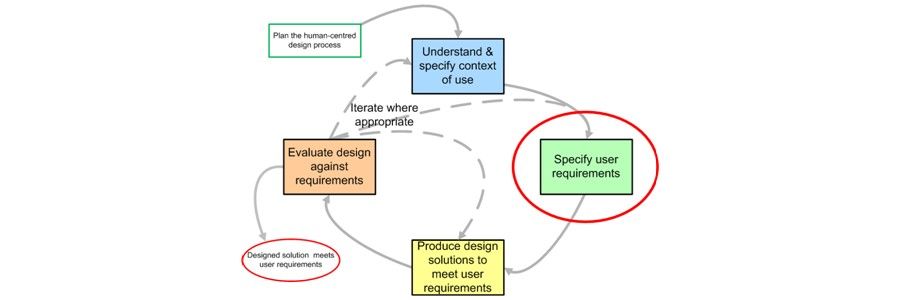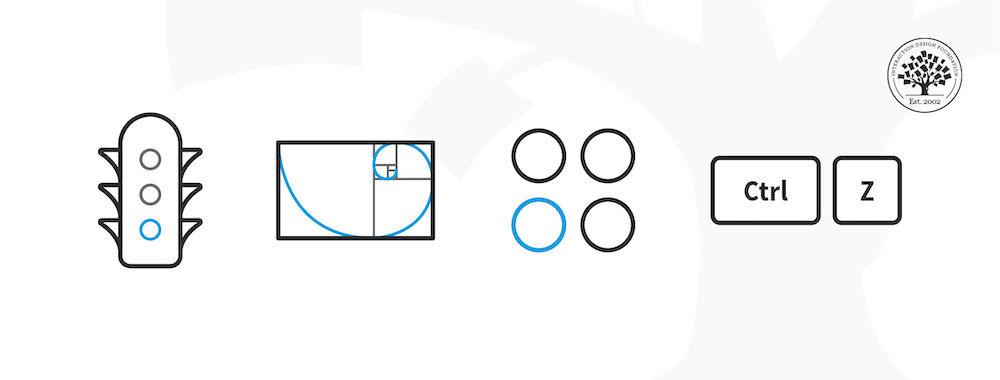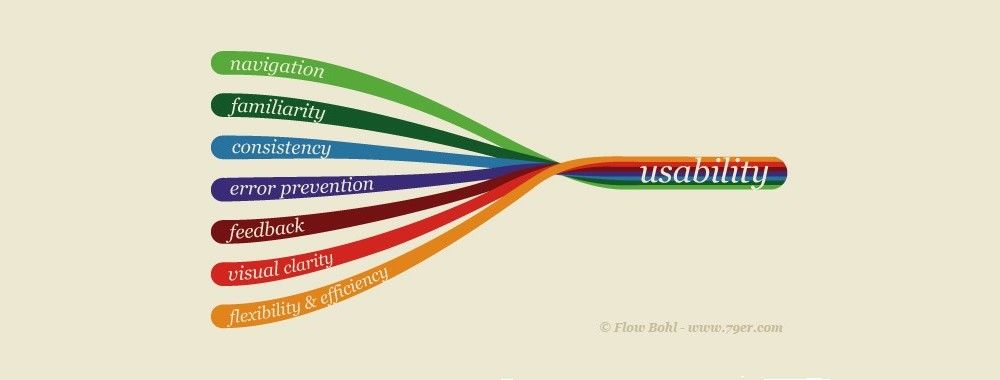Design can be very subjective. This leads UX practitioners facing criticism and a lack of credibility when dealing with other more scientific disciplines. Fortunately, you can rely on international standards to refer to and easily bridge the gap.
The ISO 9241 Standard for the Ergonomics of Human-System Interaction is directly aligned with the goals of UX practitioners. It provides direction to enable informed design decision making and it acts as an advocate for the UX role in product development processes.
In this article, we will outline 3 key reasons why this standard will be relevant to your UX practice. I’m sure you can come up with more! Don’t hesitate to share them!
Part 110: Dialogue principles. A new set of heuristics
ISO standards are developed by the International Organization for Standardization (ISO). They are put together by a group of industry volunteers and then made available for public input before they are finalized.
The heuristics provided in the ISO 9241 standard therefore represent an international consensus on best practice and are backed with research.
What are the principles as defined by the standard? These 7 simple dialogue questions that will guide your next heuristic evaluation, ISO 9241 [Tweet this]
Self-descriptiveness: Does the dialogue make it clear what a user should do next? “A dialogue is self-descriptive to the extent that at any time it is obvious to the users which dialogue they are in, where they are within the dialogue, which actions can be taken and how they can be performed.”
Conformity with user expectations: Is the dialogue consistent?“A dialogue conforms with user expectations if it corresponds to predictable contextual needs of the user and to commonly accepted conventions.”
Suitability for learning: Does the dialogue support learning? “A dialogue is suitable for learning when it supports and guides the user in learning to use the system.”
Controllability: Can a user control the pace and sequence of the interaction? “A dialogue is controllable when the user is able to initiate and control the direction and pace of the interaction until the point at which the goal has been met.”
Error tolerance: Is the dialogue forgiving? “A dialogue is error-tolerant if, despite evident errors in input, the intended result may be achieved with either no or minimal corrective action by the user. Error tolerance is achieved by means of damage control, error correction, or error management to cope with errors that occur.”
Suitability for individualisation: Can the dialogue be customised to suit the user? “A dialogue is capable of individualization when users can modify interaction and presentation of information to suit their individual capabilities and needs.”
As with much of UX work, these principles are actually common sense. Sadly, as you’ll already know – there’s nothing common about common sense. So a little refresher never hurts. You’ll also be able to see how these can easily be used in your current project and use them to explain your design decisions.
ISO standards and UX – Closely Aligned
ISO is a network of over 160 cooperative national standards bodies. It is the largest and most collaborative body of its kind in the world. It has created nearly 20,000 standards to date.
It’s worth noting that ISO 9241 is a stand-alone collection of standards. It does not mention UX directly; however, it does touch on human-centred design, usability, accessibility and measuring user satisfaction.
ISO 9241 emerged in the 1980s and was concerned with “Ergonomic Requirements for Office Work with Visual Display Terminals”. Over the years, the scope of ISO 9241 has grown dramatically. Up until 2010 it was known as ISO 13407 but was then re-issued as ISO 9241-210 to bring it into line with ISO’s other usability standards.
Not all of the standards are directly related to UX practice, though many of them are still thought provoking and may improve your practice anywhere. If, you’re looking to become familiar with the most valuable standards for UX work, this is where we’d suggest that you begin:
ISO 9241-210:2010 Human-Centred Design for Interactive Systems. This is a standard which addresses the high-level concepts for valuable human-centred design.
ISO 9241-171:2008 Guidance on Software Accessibility which provides an alternative perspective when compared to the one offered by WCAG 2.0.
ISO/IEC 25062 Common Industry Format for Usability Test Reports. While this doesn’t form part of the ISO 9241 guidance – it does reference it and expands on some of the principles within the ISO 9241.
The 6 Key ISO Principles that Deliver a UX Manifesto
You can use this process standard from a design management perspective. That’s because it defines a set of phases for developing interactive systems.
However, it also offers much more than this. The 6 guiding principles that are found in the standard are very much a manifesto for UX design.
User Experience Explained in 6 Key Principles: ISO 9241-210 [Tweet This]
-
Design should be based upon explicit understanding of users, tasks and the environments in which they operate.
Users must be involved throughout design and development.
Design should be driven by and refined by user-centred evaluation
The design process is iterative.
Design must address the whole user experience.
Design teams should include multi-disciplinary skills and perspectives.
These 6 simple statements explain the UX field rationale. From start to finish design should be a collaborative and inter-disciplinary endeavour. Teams should bring diverse backgrounds and perspective to generate the best outcomes. UX is holistic, it covers more than that which is readily apparent. User research, design, development and evaluation are all essential stages and iteration is what makes them work together for the right results. Users appear in 3 of these principles; we should never forget the people that we design for.
The Take Away
UX is growing and evolving. That means more competition for work. If you can demonstrate knowledge and understanding of ISO 9241; it can help differentiate you from the UX pack.
It’s a validated source of knowledge that guides design decisions and it’s a great sales and advocacy tool. ISO 9241 lets you stand of the shoulders of giants – the many industry experts that volunteered their time and efforts to make the ISO standards the most well-grounded and popularly backed standardization tool.
Resources and References
Header Image: Author/Copyright holder: The Standard Interaction Design Process. Copyright terms and licence: All rights reserved. Img
Check out this article if you’re not convinced as to why standards are a useful tool in your work: What on Earth is ISO 9241?
Still thinking of using Nielsen heuristics in your projects? Usability Expert Reviews: Beyond Heuristic Evaluation might serve some food for thought.
Find out more about
ISO 9241-210:2010 Principles.
A case study in ISO certification from a UK agency and the benefits that certification has brought:
Why Certify? Accreditation can add value to UX design.











